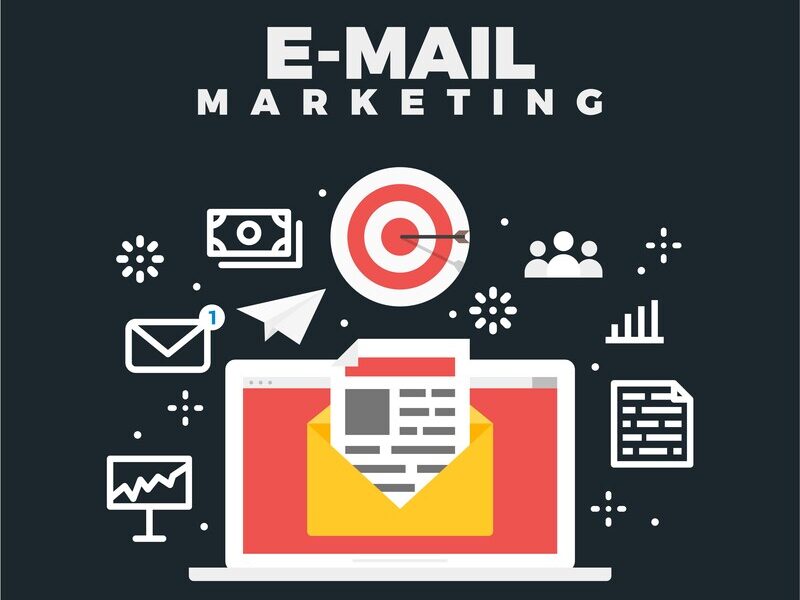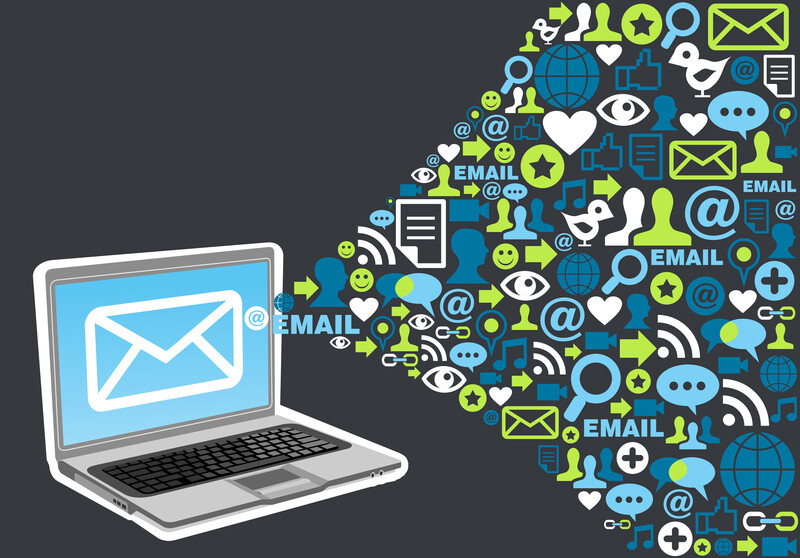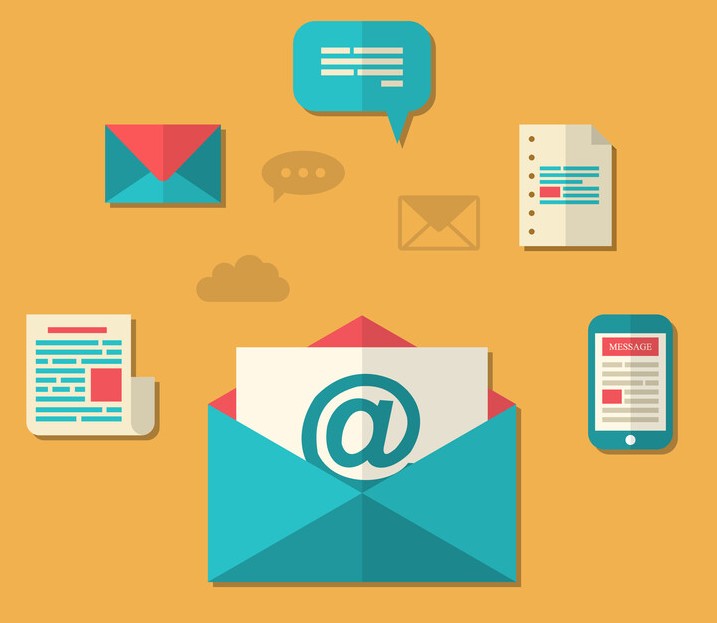Webinar email marketing is a powerful strategy to drive registrations, attendance, and engagement for your online events. With a well-planned webinar email campaign, you can effectively reach your target audience, deliver value, and generate leads for your business. In this comprehensive guide, we’ll cover the essential steps and best practices for creating a successful webinar email marketing strategy.
Introduction
Webinars are highly effective tools for generating leads, educating customers, and fostering collaborations. However, to achieve optimal results, you need to promote your webinar effectively and ensure a high attendance rate. Email marketing for webinars is a critical component of your promotional efforts, as it enables you to communicate directly with your target audience and persuade them to attend your event.
In this guide, we will discuss the key steps to creating a successful webinar email marketing strategy, from choosing the right topic and title to designing engaging email content and optimizing your registration page. By following these best practices, you can significantly increase your webinar attendance and engagement rates.
Choosing the Right Webinar Topic and Title
The foundation of a successful webinar email marketing campaign is selecting a topic and title that resonate with your target audience. Your webinar topic should address a specific challenge or opportunity faced by your audience, while the title should capture their attention and curiosity. Use clear, concise, and compelling language that conveys the value and benefits of attending your webinar.
Some tips for choosing a captivating webinar topic and title include:
- Research your audience’s pain points and interests
- Analyze popular content and trends in your industry
- Consult with your sales team for insights and ideas
Once you’ve identified a relevant and engaging topic, craft a title that is:
- Informative and specific
- Benefit-driven
- Action-oriented
- Intriguing and memorable
Creating Compelling Webinar Email Content
The content of your webinar email campaign plays a crucial role in convincing recipients to register and attend your event. The key elements of a persuasive webinar email include:
Subject Lines
An enticing subject line is critical for encouraging recipients to open your email. Use attention-grabbing language that highlights the value of your webinar and appeals to your audience’s interests. Personalize your subject lines by incorporating the recipient’s name, which can increase open rates.
Email Body
The email body should provide detailed information about your webinar, including the topic, date, time, speakers, and key takeaways. Utilize clear and engaging language that demonstrates the benefits of attending your event. Use bullet points or numbered lists to present information in a digestible format, making it easier for recipients to understand the value of your webinar.
Call to Action (CTA)
A clear and prominent call to action (CTA) is essential for driving webinar registrations. Use contrasting colors and bold text to make your CTA stand out within your email. Ensure the CTA is linked to your webinar registration page, making it as simple as possible for recipients to sign up.
Segmenting and Personalizing Your Email List
To maximize the effectiveness of your webinar email marketing campaign, segment and personalize your email list based on relevant criteria, such as industry, role, location, interests, or stage in the buyer’s journey. This enables you to tailor your email content to the specific needs and preferences of your audience, increasing the likelihood of registration and attendance.
Use dynamic content, merge tags, and custom fields to include personalized information within your email messages, such as the recipient’s name, company, job title, or previous interactions.
Designing an Effective Webinar Email
An attractive and functional email design is crucial for capturing your audience’s attention and encouraging them to register for your webinar. Consider the following best practices for designing a visually appealing and mobile-friendly webinar email:
Use a responsive email template that adapts to various screen sizes and devices
- Incorporate images, videos, or GIFs to enhance your email content
- Utilize a clear and eye-catching subject line, preheader, and sender name
- Follow email design best practices and regulations to avoid spam filters and ensure deliverability
The Webinar Email Sequence
A successful webinar email marketing strategy requires a well-planned sequence of email messages that guide the recipient through the webinar journey. Consider incorporating the following types of emails into your webinar email campaign:
Invitation Email
The invitation email introduces your webinar and generates excitement among your audience. Send this email 2-3 weeks before the event, including key details such as the topic, speakers, date, time, and value proposition. Include a clear and prominent CTA inviting recipients to register for your webinar.
Registration Confirmation Email
Upon successful registration, send a confirmation email to acknowledge the registrant’s interest and provide further details about the webinar. This email should include the event date, time, and access information, as well as options to add the webinar to the recipient’s calendar.
Reminder Emails
Send reminder emails to registered attendees a few days or hours before the event to ensure they remember to attend. These emails should reiterate the webinar details and include any last-minute updates or information. Consider sending multiple reminders, such as one day before and one hour before the event, to maximize attendance.
Thank You and Follow-Up Emails
After the webinar, send a thank you email to attendees expressing your appreciation for their participation. Use this opportunity to gather feedback, offer additional resources, and promote future webinars or related content. Additionally, send a follow-up email to those who registered but did not attend, providing access to a recording or summary of the event.
Optimizing Your Webinar Registration Page
A well-designed registration page is crucial for driving webinar sign-ups. To optimize your registration page, consider the following best practices:
- Minimize form fields to reduce friction and encourage completion
- Include a compelling headline and clear value proposition
- Use multimedia, such as videos or images, to promote your webinar content
- Highlight the benefits of attending, including key takeaways and learning outcomes
Leveraging Social Media for Webinar Promotion
In addition to email marketing, social media is a powerful channel for promoting your webinar and reaching a wider audience. Use platforms such as Twitter, Facebook, LinkedIn, and industry-specific forums to share information about your event and engage with potential attendees. Consider utilizing paid social advertising to further expand your reach and target specific audience segments.
Partnering with Influencers and Brands
Collaborating with industry influencers or big brands can boost the credibility and visibility of your webinar. When partnering, provide your partners with easy-to-use promotional materials, such as branded imagery, registration links, sample emails, and social posts. This ensures consistency across channels and simplifies the promotion process for your partners.
Tracking and Measuring Your Webinar Email Marketing Performance
To continually improve your webinar email marketing strategy, track and measure the performance of your campaigns. Analyze key metrics, such as open rates, click-through rates, registration rates, and attendance rates, to identify areas for improvement and optimize your future efforts.
By following these best practices and implementing a comprehensive webinar email marketing strategy, you can effectively drive registrations, attendance, and engagement for your online events.




